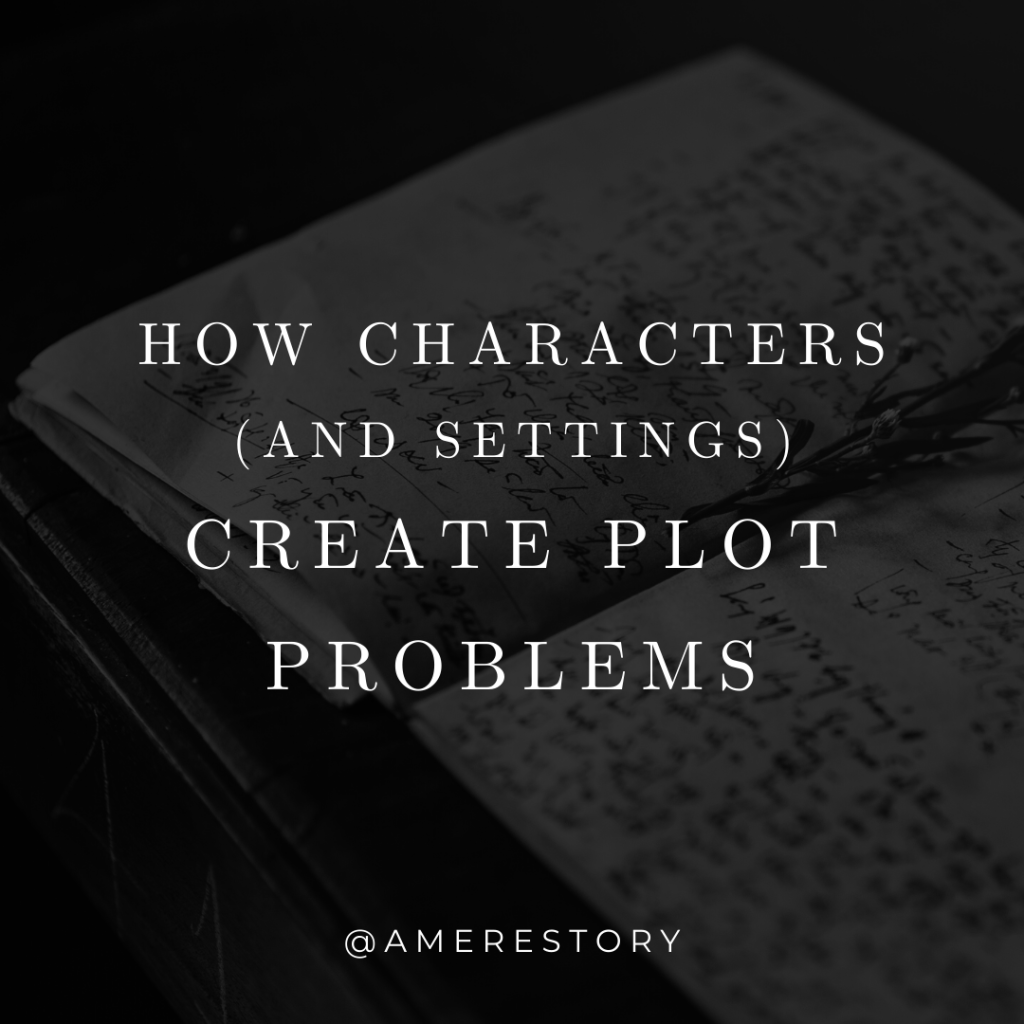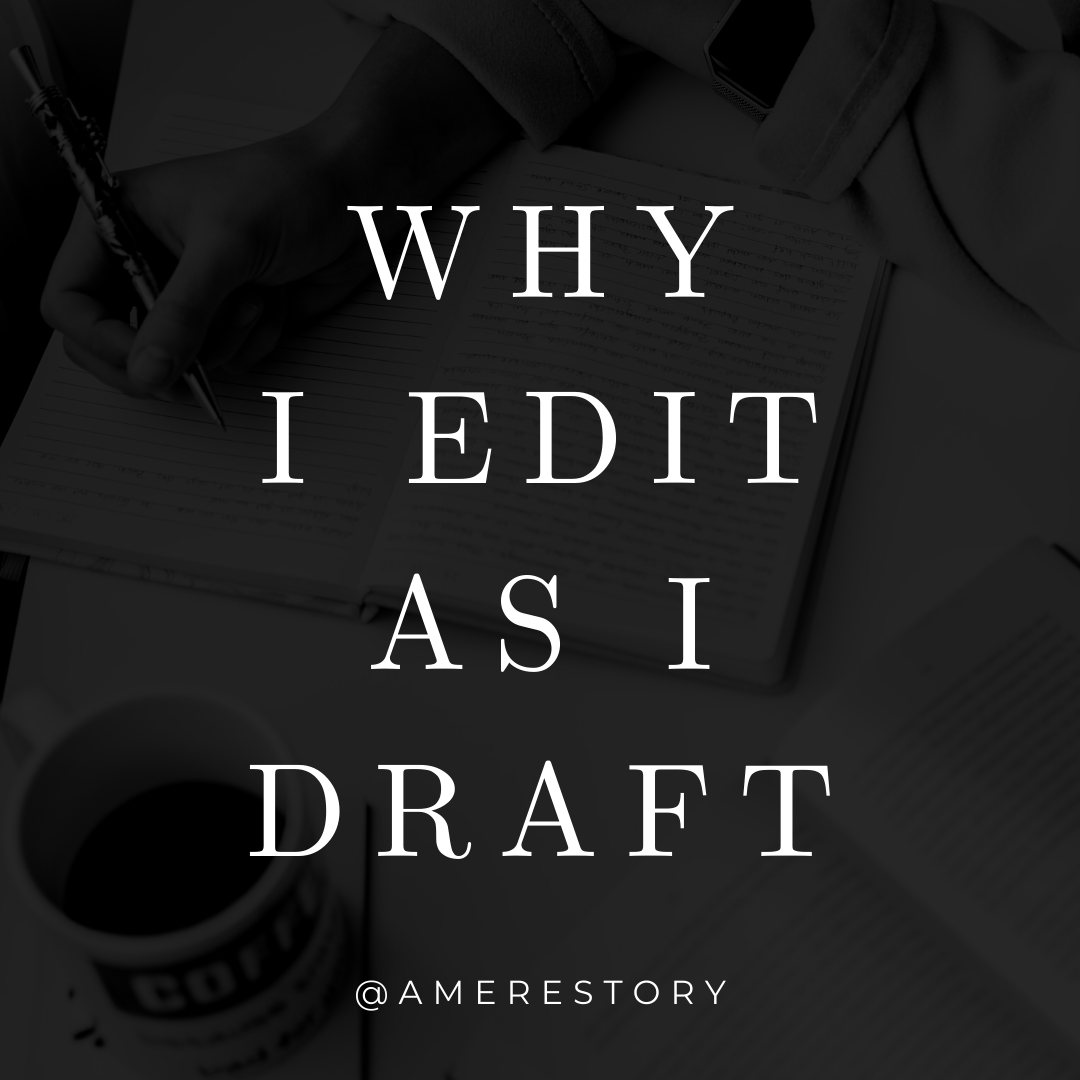
In English (as in many languages), there are eight parts of speech: nouns, pronouns, verbs, adverbs, adjectives, conjunctions, prepositions, and interjections. All of these pieces come together to create sentences—and, ultimately, convey meaning to others. But what’s actually required to make a sentence a sentence? Toss some adjectives, nouns, and prepositions together and you might end up with some artsy poetry, but you won’t have a proper sentence. Interjections (like “yay!” or “oh!”) convey a lot in a few letters, but they aren’t sentences either. Verbs can evoke strong imagery in our minds but they aren’t enough on their own. Grammatically, the minimum requirement to make a sentence is one noun (or pronoun) and one verb—or, in other terms, a person/concept/idea and action/being. How you build upon those things or play with them opens up an array of sentence structures, but they all start at that same place.
Continue reading “How Characters (And Settings) Create Plot Problems”



